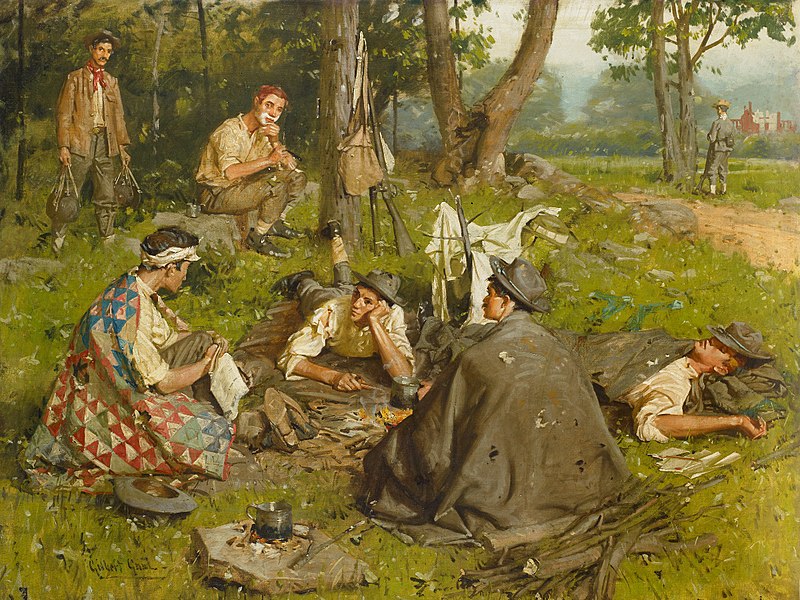
By June 1862 Lincoln found enlistments near nonexistent, and it was time to find new sources of recruits as Northern men resisted war service. Bounty money was offered to help solve this, and the Homestead Act had the dark purpose of attracting foreign-born troops promised bounties and public land to subjugate Americans seeking political self-determination.
Bernhard Thuersam, www.Circa1865.com The Great American Political Divide
Lincoln’s Desperate Search for Troops
“The summer of 1862 brought more gloom to the Union cause. Stonewall Jackson’s heroics in the Shenandoah Valley were followed by McClellan’s withdrawal from his lines before Richmond . . . and the North’s setbacks in the field weighed heavily on the secretary of state. [Seward] had [earlier] watched the Army of the Potomac embark at Alexandria; he had considered it united and unbeatable.
In June of 1862 following the collapse of McClellan’s Peninsular Campaign, Lincoln had sent Seward to New York to stimulate recruiting. The secretary carried with him a confidential letter, explaining the danger and noting that the capital itself was once again in danger under the threat from the rebels. Seward, in New York City, contemplated issuing a new call form the president for volunteers.
On reflection, however, he concluded that for Lincoln to initiate the call would have overtones of panic. Instead he prevailed on most of the Northern governors to request that Lincoln issue a new call for volunteers. The upshot was that Lincoln, seemingly in response to appeals from the Northern governors, was able to issue a proclamation calling for an additional three hundred thousand men.
Seward continued his proselytizing on his return to Washington. He persuaded Secretary of War Stanton to offer new recruits an immediate bounty of twenty-five dollars when their regiments were mustered into service.
Congress had just enacted the Homestead Act, providing that any citizen or alien could acquire title to 160 acres of public land by residing on and cultivating the land for a period of five years. This was just the sort of stimulus to immigration that Seward would have favored under any conditions, but now it included a vital military dimension as well.
He sent copies of the legislation to US envoys with the covering memorandum calling the Homestead Act “one of the most important steps ever taken by any government toward a practical recognition of the universal brotherhood of nations.”
The resulting publicity assured a continuing flow of military manpower to the North from Ireland and northern Europe. John Bigelow, the US consul in Paris, would write that Seward’s circular was important for “the light I throws on the mysterious repletion of our army during the four years of war, while it was . . . being so fearfully depleted by firearms, disease and desertion.”
In addition to his military problems, Lincoln had to deal with the touchy question of war aims. Publicly he continued to argue against general emancipation, telling Horace Greeley in his famous letter of August 1862 that if he could save the Union without freeing a single slave he would do it.
Indeed, Lincoln had no authority to confiscate “property” in the North, and no ability to enforce any Federal edict in territory controlled by the Confederacy. [But as] commander in chief, Lincoln argued that he could surely seize slaves belonging to the enemy just as he could capture their railroads.
[Seward thought issuing the] proclamation following a string of defeats on the battlefield . . . would hint of desperation – “the Government stretching forth its hands to Ethiopia, instead of Ethiopia stretching forth her hands to the Government.” He feared a slave uprising would turn the war for the Union into a class war . . . and that emancipation would destroy the South’s economy, raising the specter of intervention boy Britain or France to protect its supply of raw cotton.”
(William Henry Seward, Lincoln’s Right Hand, John M. Taylor, Harper Collins, 1991, pp. 200-202)

No comments:
Post a Comment